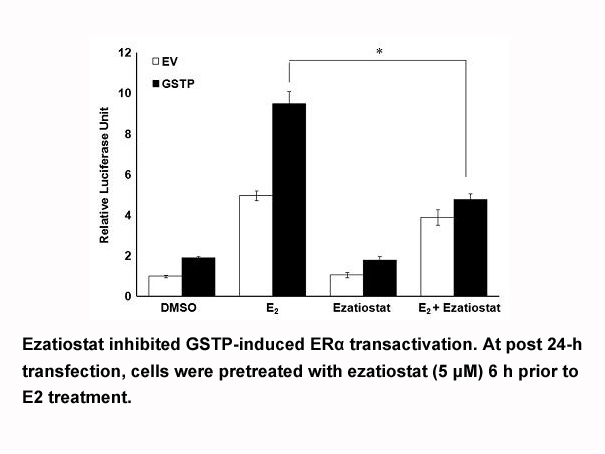Archives
The AHR potentially enhances IDO expression possibly via
The AHR potentially enhances IDO-expression, possibly via crosstalk with several inflammatory signaling pathways (shown by now for IL6 and ‘signal transducer and activator of transcription’ (STAT) 3, and for NFκB, toll like receptor-pathways) [56,59,60]. IDO metabolizes Trp to kynurenines, which are (low-affinity) AHR-ligands [56,32]. Beyond this Trp depletion control of an inflammation can be achieved by the induction of tolerogenicity in DC by kynurenine [56,32]. Moreover, AHR-activation in keratinocytes dampens their sensitivity to inflammatory stimuli such as IL1β [61]. Interestingly, l-kynureninase, a tryptophan-degrading enzyme downstream of IDO, was found highly expressed in psoriasis and other inflammatory human diseases [62]. Expression was highest in infiltrating myeloid cells. Indeed, l-kynureninase correlated positively with severity of inflammation, and the authors of this study suggested that this enzyme serves as a switch between immunosuppressive versus inflammatory outcomes. A very recent study showed that IDO, once triggered by inflammatory cytokines, can self-sustain tolerogenicity of DC via an “IDO– kynurenine/AHR–IDO feed-forward loop” [63]. It is conceivable that the ratio of tryptophan to kynurenine, and thus availability of AHR-ligand kynurenine (regulated by input/tryptophan-rich diet or output/tryptophan-degrading enzymes) is critical in skin inflammation.
AHR and non-canonical signaling in the inflammatory context
Most textbooks describe how AHR translocates to the nucleus, dimerizes with ARNT and then starts transcription. It is important to keep in mind, though, that AHR can tie into other signaling pathways as well, either directly via the interaction with other transcription factors [64–66] or indirectly via Cox-2 [67,68], oxidative stress [69] or even calcium-signaling [70]. Also NFκB and STAT molecules have been studied [64,65,71–73]. NFκB controls the UCM05 of pro-inflammatory cytokines (IL1β, Il-6, IL-8, TNFα). As has been shown by Chris Vogel and co-workers, AHR can bind to either NFκB subunits RelA or RelB and then induce transcription from other genes than the AHR:ARNT dimer, for instance in the regulation of IDO [73,74]. AHR can also interact with STAT1 and STAT5, influencing the differentiation of inflammatory Th17 cells [75]. In turn, AHR expression itself can be upregulated upon inflammation; this was shown for human AHR which contains a promoter element responsive to STAT3 signaling [76]. As has long been known, also many inflammatory response genes contain AHR-responsive elements in their promoters (reviewed in [77]). Together, this gives AHR signaling an enormous flexibility, and allows highly cell-specific responses. As discussed in another chapter of this special issue, the AHR-repressor is expressed in a number of immune cells, especially in innate immune cells, thereby adding yet another level of control.
AHR signaling in inflamed versus healthy skin
In the last decade, several studies have provided ample evidence that the AHR signaling system is involved in the maintenance of skin integrity and the pathogenesis of the skin diseases. The current picture emerging from these studies, however, is in part contradictory. We have recently suggested that AHR activity in the skin is to a large extent shaped by concurrent inflammation [12]. It has long been known that inflammatory skin diseases such as atopic dermatitis or psoriasis react differently to AHR activation than healthy skin. Topical application of coal tar – a source of many potentially toxic PAHs – is a long-standing (known long before AHR discovery) and effective treatment of psoriasis and eczema. Surprisingly, solid epidemiological studies about a link of coal tar treatment to skin cancer are not available [11], despite the fact  that PAHs are carcinogenic and an occupational risk factor when working with bitumen, tar, soot etc. [78]. Nonetheless, chemical inhibition of AHR signaling in the human skin is suggested as a preventive measure against non-melanoma skin cancer, because it prevents UVB-induced skin damage [79]. AHR is a negative regulator of apoptosis in keratinocytes, i.e. UV-damaged cells may survive and become cancerogenic. AHR deficient mice are better protected from such cancers (own unpublished observations).
that PAHs are carcinogenic and an occupational risk factor when working with bitumen, tar, soot etc. [78]. Nonetheless, chemical inhibition of AHR signaling in the human skin is suggested as a preventive measure against non-melanoma skin cancer, because it prevents UVB-induced skin damage [79]. AHR is a negative regulator of apoptosis in keratinocytes, i.e. UV-damaged cells may survive and become cancerogenic. AHR deficient mice are better protected from such cancers (own unpublished observations).